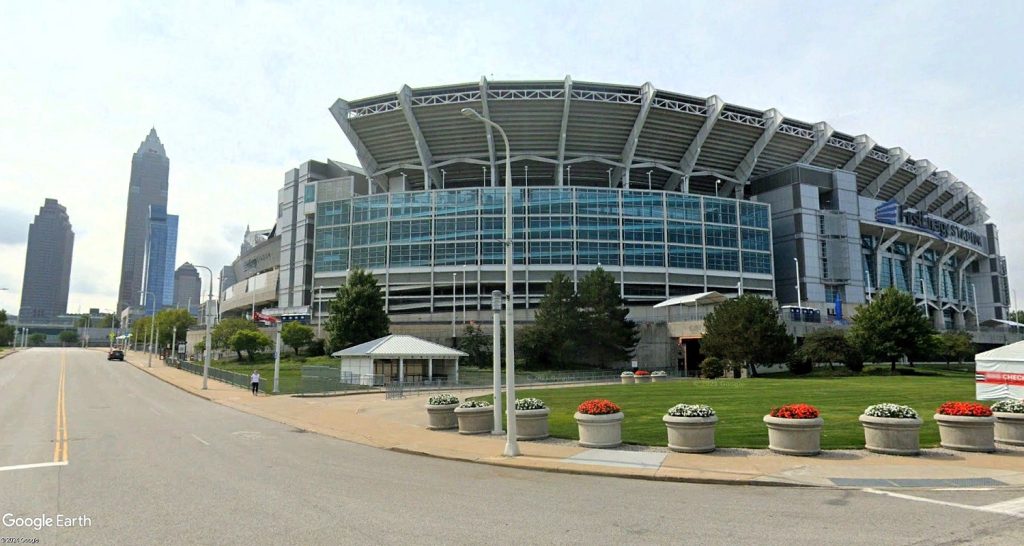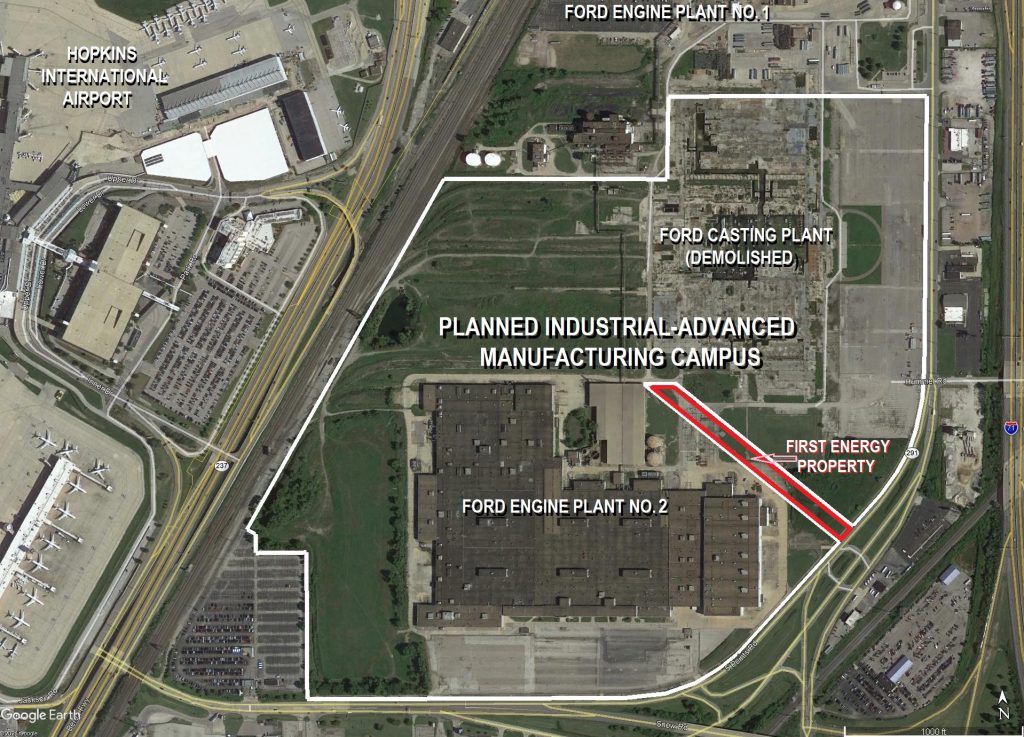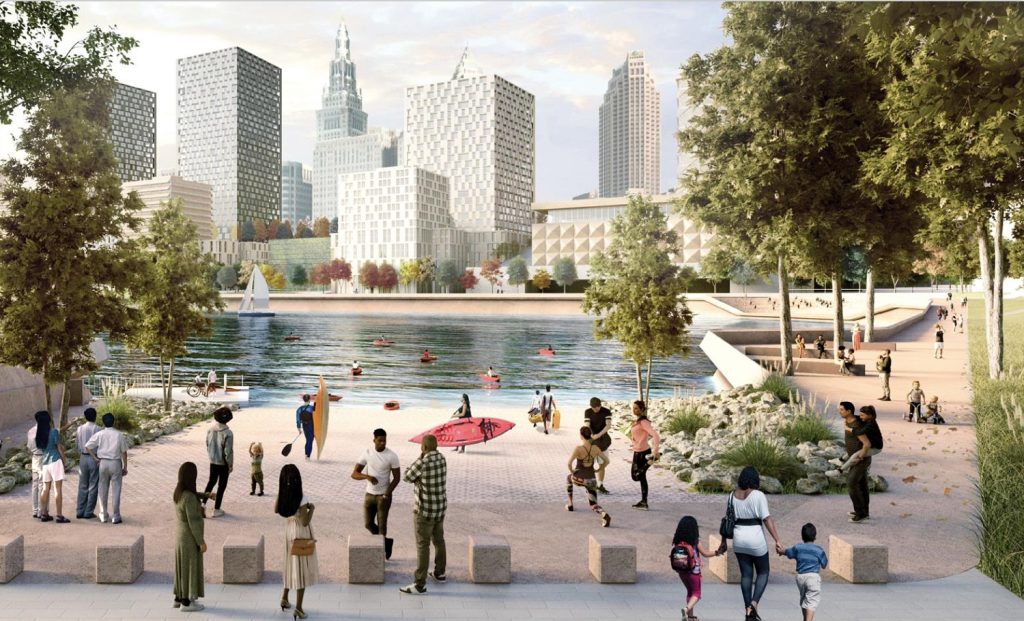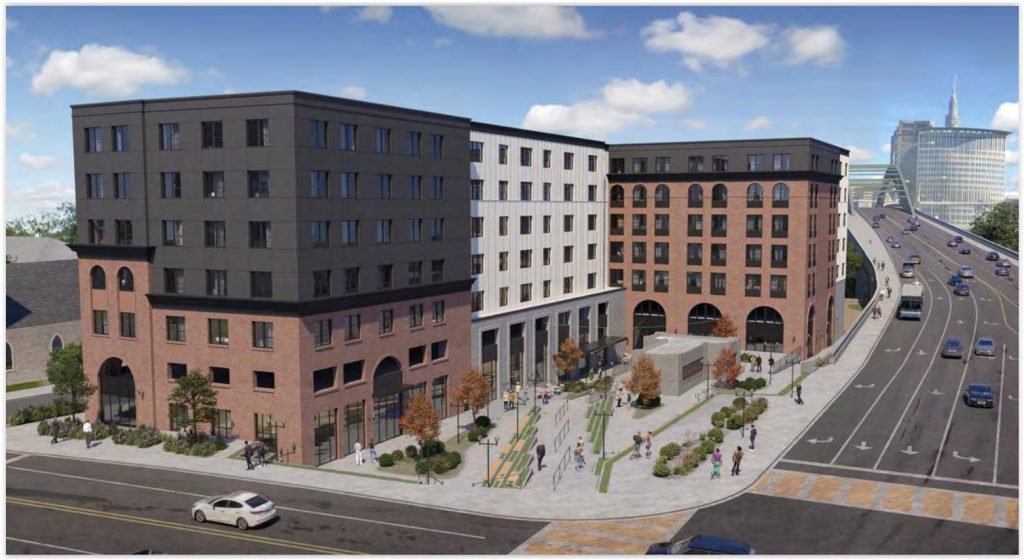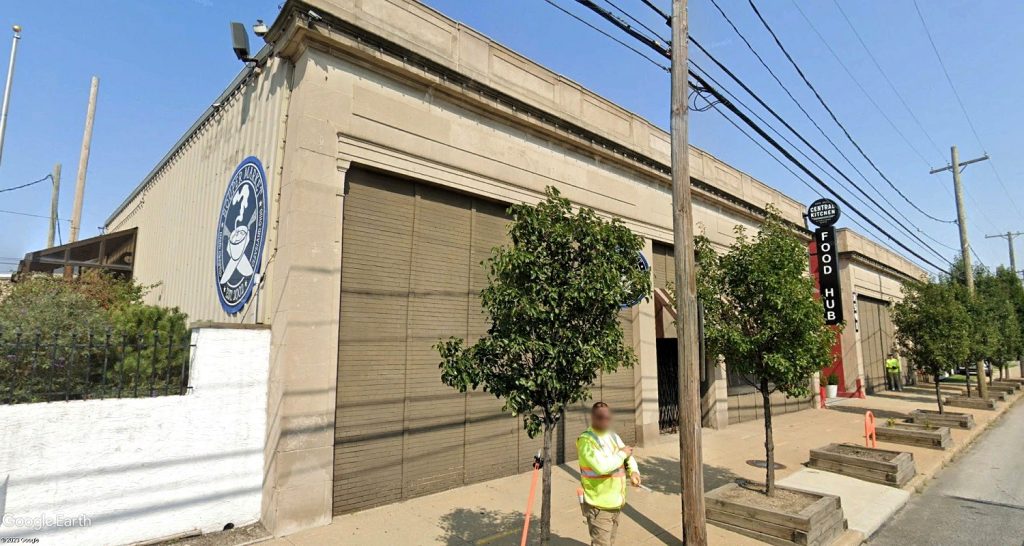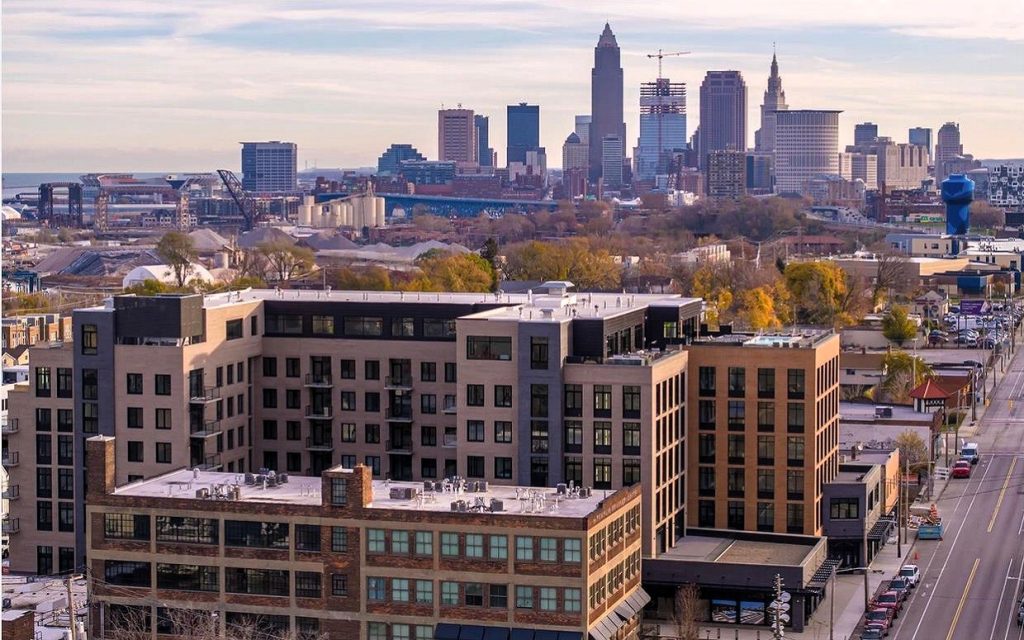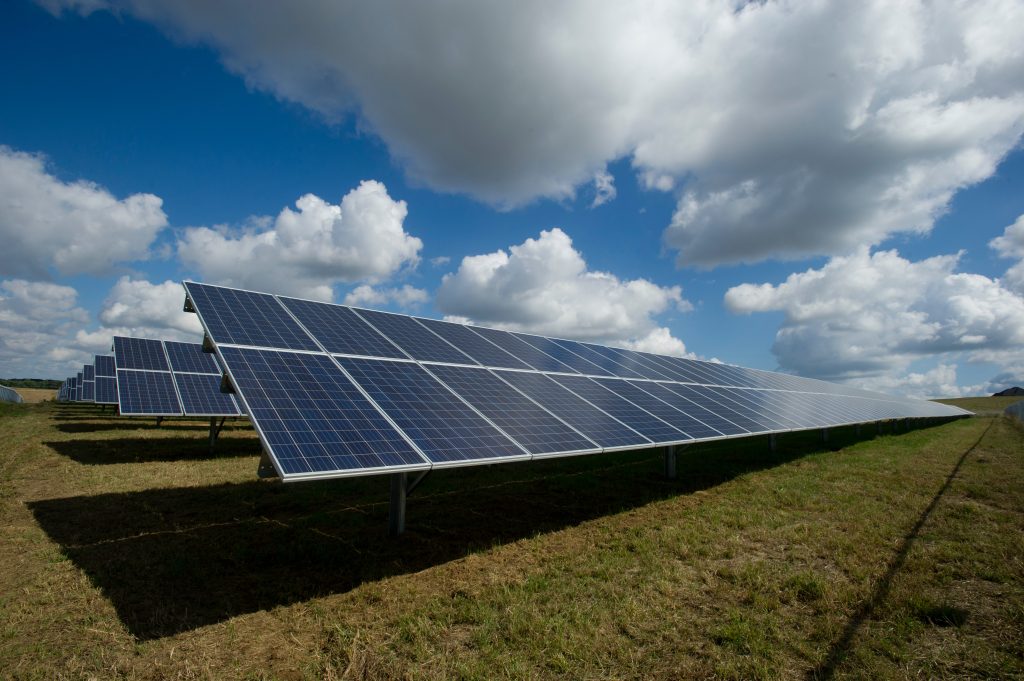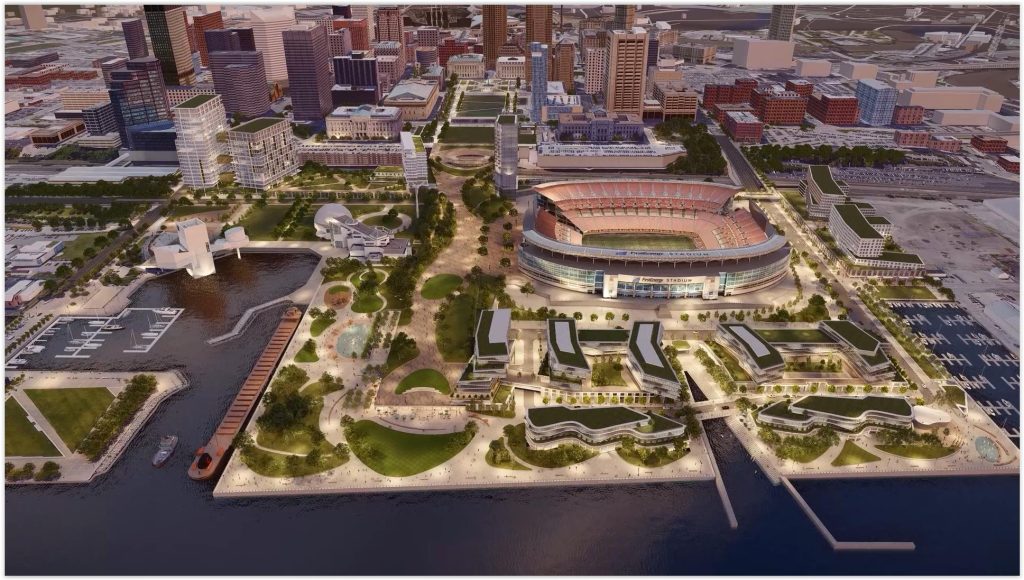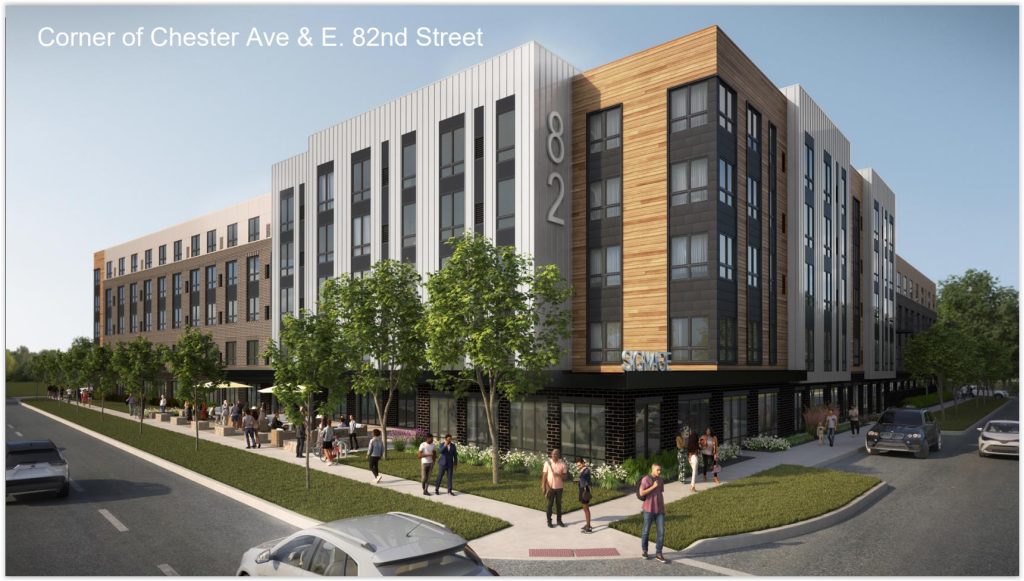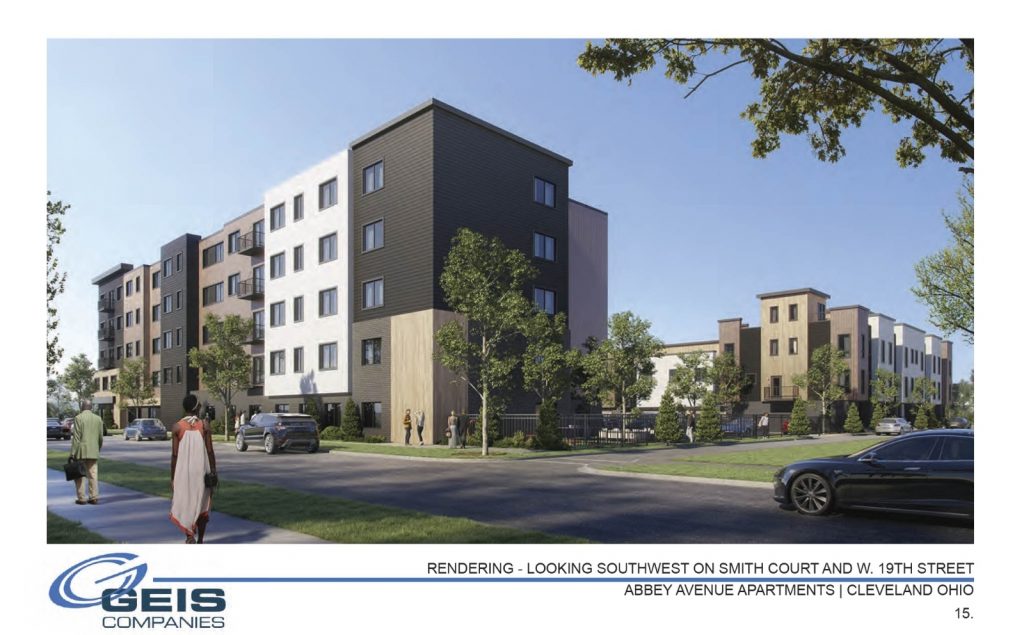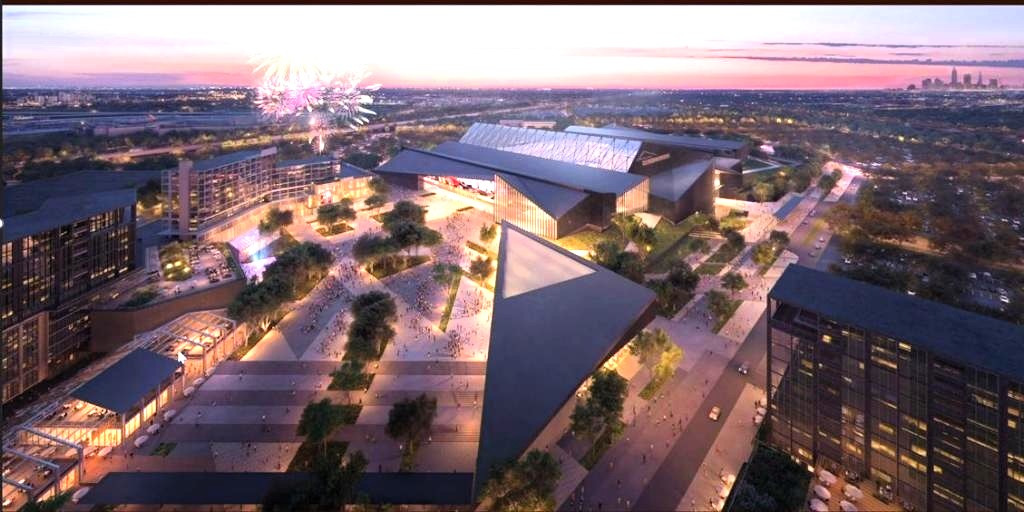
Due to its higher cost and smaller host city, constructing a new multi-purpose stadium in the Cleveland suburb of Brook Park may depend more so on state funding than a rebuild of Cleveland Browns Stadium on downtown’s lakefront. And it appears that at least some state funding is forthcoming, source said (contributed). CLICK IMAGES TO ENLARGE THEM.
Dollar amount from the state is question mark
A new multi-purpose stadium sought by the owners of the Cleveland Browns in suburban Brook Park appears to be growing legs thanks to a willingness by state lawmakers to fund a significant portion of the stadium’s construction costs. The biggest questions at this time are how much state funding may be forthcoming and will it make a big enough dent in the public sector side of the financial equation.
The financial contribution from the state has been considered as important for funding either of the Browns two stadium options. One is to build a new domed stadium off Snow Road in Brook Park for about $2.4 billion. The other is to substantially renovate the 1999-built, open-air Cleveland Browns Stadium on Downtown Cleveland’s lakefront for up to $1.2 billion.
But state funding is considered by many as essential for realizing the more expensive Brook Park option. If a significant state funding share is forthcoming, it could tip the scales in Brook Park’s favor. Until that happens, the Haslams won’t buy all of the land necessary to build a stadium in Brook Park.
According to two sources who spoke to NEOtrans on the condition of anonymity, a handful of top state legislators met on Friday with representatives of the Browns to discuss state funding possibilities. NEOtrans was first to report in February that the Haslam Sports Group, owners of the Browns, had a purchase agreement to acquire 176 acres at the Brook Park site.
While the state’s top Republicans were supportive of funding the stadium project, the sources said, there also appears to be support from some Democratic lawmakers, too, the sources added. The sources provided names of the lawmakers who are all in top leadership positions in the Ohio General Assembly. NEOtrans is not identifying them by name at the request of the sources.
However, the sources said the amount of the state’s contribution they reportedly support varies from $200 million to $300 million — far less than the $600 million the Haslams may be requesting for the Brook Park stadium, according to several reports. Ohio Gov. Mike DeWine has also expressed some support for stadium funding by saying the state has helped sports stadium projects before.
The Haslams, who also own the Major League Soccer team the Columbus Crew, received $45 million in grants and loans from the state to build the $314 million, 20,000-seat Lower.com Field in Ohio’s capital city. That represented about 14 percent of the stadium funding. A similar state share for a $2.4 billion football stadium would equal $336 million.
Not all state legislators, including those from Cuyahoga County, are supportive of public funding for either stadium site. In talking with NEOtrans, State Rep. Mike Skindell (D-13, Lakewood) expressed skepticism for funding for the stadium as well as for millions of dollars in infrastructure spending on roads, sewers and transit for the new site.
Bride Rose Sweeney (D-16, Westlake) also expressed her concerns in a written statement e-mailed to NEOtrans. Her Legislative Aide Victoria Rykaczewski said Sweeney would not be conducting interviews on the stadium situation.
“As a state lawmaker, I take my responsibility of allocating taxpayer dollars seriously,” Sweeney said. “While nothing has been finalized yet, whatever deal regarding the Cleveland Browns Stadium may come to fruition has to be justifiable and supported by the taxpayers, as they are the ones being asked to front the bill.”
“The public has yet to be cut in on these discussions and until then, I am reserving judgment,” she added. “At the end of the day, I work for the people of Ohio and that is who is top of mind. I will continue to urge public input and discussion about any proposal that is requesting taxpayer dollars.”
A source close to the Browns said the Haslams envision a multi-purpose stadium surrounded by a mix of development including high-rise apartments, hotels, shops, restaurants and entertainment. NEOtrans secured a rendering of the proposed stadium concept and confirmed its authenticity.
The source also said the Browns want a 50/50 public/private partnership for either stadium option. The Haslams apparently consider the reconstruction of Cleveland Browns Stadium on the Downtown Cleveland lakefront as less desirable because Mayor Justin Bibb’s administration apparently wants less for-profit, private-sector development surrounding the stadium and more public spaces that cost little for Clevelanders to enjoy.
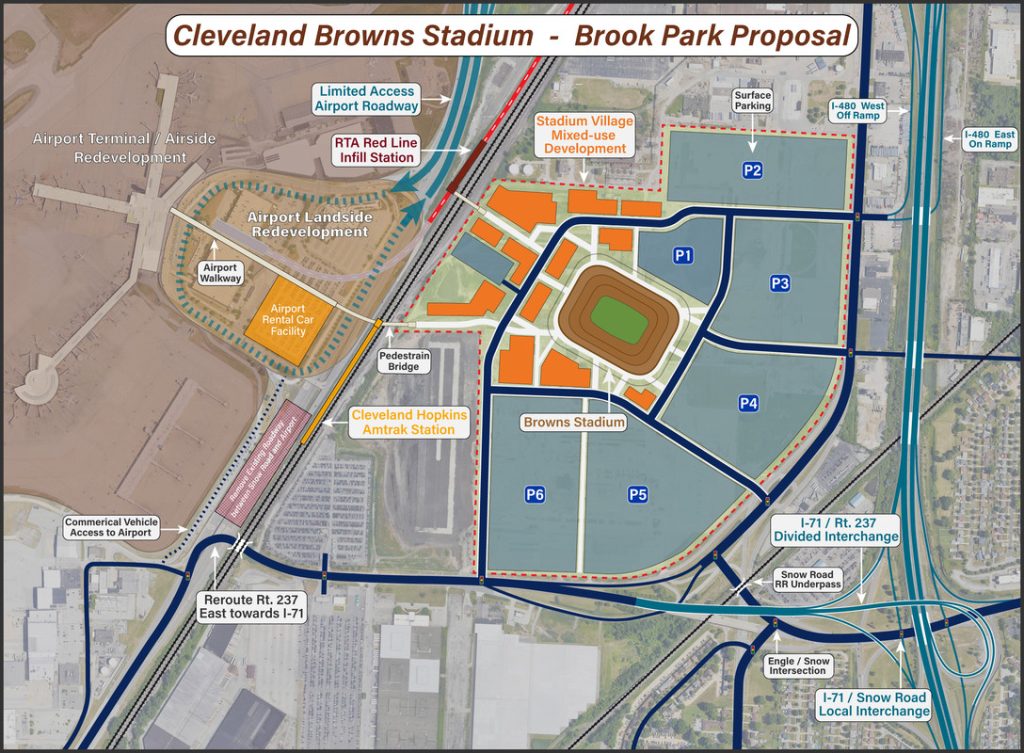
An unofficial site plan for a potential Cleveland Browns Stadium built in suburban Brook Park, showing how a ballpark village between the stadium and Cleveland Hopkins International Airport could be built along with large surface parking lots and transportation infrastructure. A stadium here would not be located below any airport flight paths (Noah Belli).
Peter John-Baptiste, chief communications officer at the Cleveland Browns and the Haslam Sports Group, opened but otherwise did not respond to an e-mail from NEOtrans seeking comment for this story. Half of the 32 National Football League teams already play their home games outside of downtown areas — 12 in the suburbs and four more in the “mother city” but away from its central business district.
Reconstructing the existing lakefront stadium is a roughly $1.2 billion project, and a state contribution of $200 million to $300 million would help plug up to half of the public-sector portion for that facility. Additional public funding could come from tax-increment financing on income taxes from stadium workers, admissions taxes and sin taxes.
Similar value-capture mechanisms could be had for the Brook Park site but would have the added benefit of capturing revenues from property taxes and parking revenues. That is not possible with the Downtown Cleveland stadium and parking which is city owned and set on a publicly owned land. As former submerged land reclaimed from Lake Erie since the 1800s, it cannot be sold to a private interest under a federal law called the Public Trust Doctrine.
END

